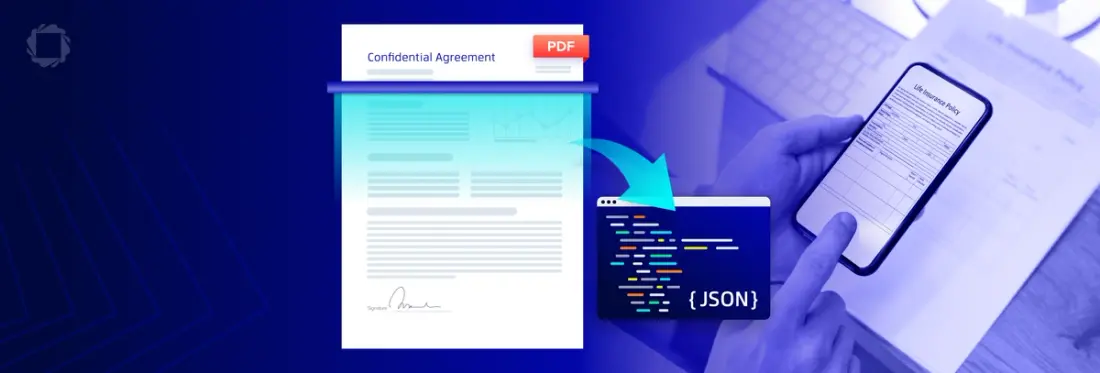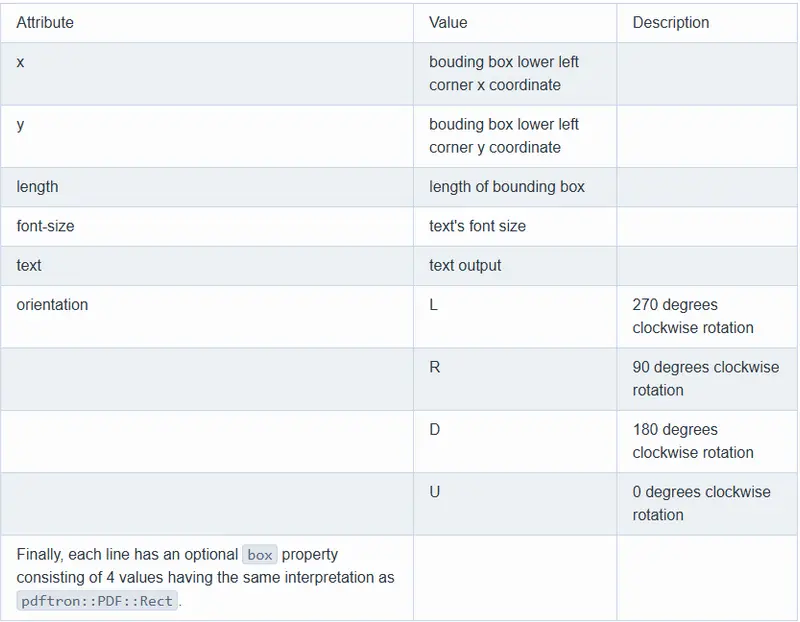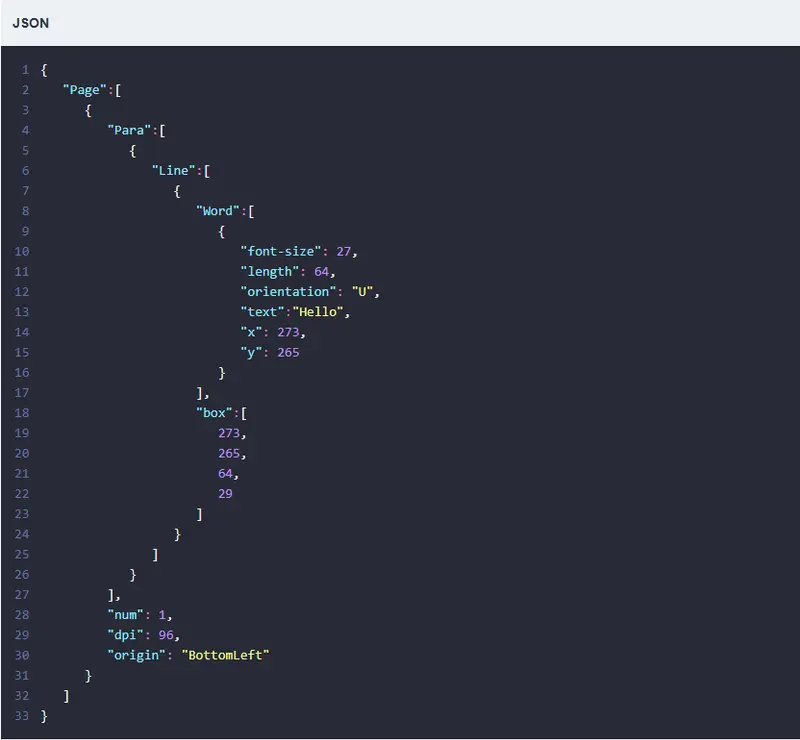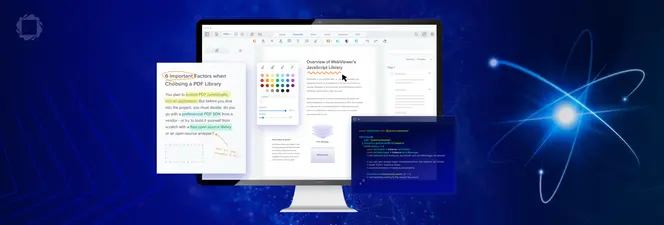Exporting OCR Data to JSON with Apryse
By Garry Klooesterman | 2025 Jan 30

4 min
Tags
JSON
ocr
Summary: OCR technology has revolutionized the handling of printed documents by converting images of text into machine-readable data. However, this data is often unstructured and hard to analyze. Converting OCR output into a structured format like JSON makes the text searchable, accessible, and easy to integrate with various applications. This enables efficient data analysis, automation, and archiving, unlocking the value of previously inaccessible information.
Introduction
Optical Character Reconstruction (OCR) technology has transformed how we handle printed documents. Converting images of text into a machine-readable form often results in unstructured and difficult to analyze data. A powerful solution is to structure this OCR output into a format like JSON (JavaScript Object Notion). OCR to JSON extraction makes text searchable, accessible, and easy to integrate with various applications, enabling efficient data analysis, automated entry, archiving, and more. Ultimately, OCR to JSON unlocks the value of previously inaccessible information.
In this blog, we’ll explore JSON, exporting data to JSON using an OCR SDK, how the Apryse OCR SDK will be your top choice, and the process to export OCR to JSON.
JSON
JSON, a lightweight data-interchange format, is easily usable by humans and machines. Built on a subset of JavaScript, and drawing familiar conventions from languages like C, C++, C#, Java, JavaScript, Python, and others, JSON offers an ideal and flexible way to exchange data. Its straightforward structure requires no specialized knowledge or tools for analysis and interpretation.
The Apryse Intelligent Document Processing (IDP) module uses JSON as a data structure and Artificial Intelligence (AI) to analyze and understand the content within the PDF document.
Apryse OCR SDK
Apryse OCR SDK is a powerful, enterprise-ready OCR SDK solution ready to transform your document workflows.
Key Features
- Handles various document types, including tables, multiple languages, and different text orientations.
- Automatically enhances image quality, leading to more accurate image recognition.
- Efficiently handles high-volume workflows.
- A server-based solution, keeping your sensitive material protected.
- Easily integrated into existing systems and server environments.
- Can be fine-tuned for optimal performance by adjusting processing parameters.
Developers can fine-tune the OCR engine for optimal performance by adjusting processing parameters to meet the needs and requirements of any project.
From reduced costs and increased efficiency to improved accessibility and customized data output, the Apryse OCR SDK offers a comprehensive suite of benefits for your business.
OCR Engines
Apryse offers three OCR engines to add advanced text extraction capabilities to your applications.
- LEADTOOLS OCR Engine
- Tesseract OCR Module
- IRIS OCR Module
For this blog, we’ll use the default OCR module, which contains the LEADTOOLS OCR Engine and the Tesseract OCR Module.
Export OCR to JSON
JSON’s structured format makes it ideal for organized data storage and seamless exchange between applications and systems. When you export OCR to JSON, you not only preserve the extracted text but also include valuable metadata – information about the text’s appearance with the document, such as font-size, orientation, and more. This rich data set simplifies storage, access, and future use. Furthermore, the extraction process itself can be implemented with minimal code.
Step 2: Now let’s use OCR to extract the data to a JSON file.
Output Attributes
Now that we have our JSON file with the extracted OCR data, we can see the various attributes of the data. Output consists of nested arrays for pages, paragraphs, lines, and words. Pages have the following metadata:

Figure 1: Page metadata in JSON
Each word has the following metadata:

Figure 2: Word metadata in JSON
Sample JSON output
Here we can see what the JSON output from OCR extraction could look like.

Figure 3: Sample JSON output
So, what do I with the data?
Great question! Now that our data has been extracted, organized, and stored in a JSON file, we can explore its potential uses, such as:
- Storing the data for later use.
- Using the data in another application, database, or system.
- Applying corrected or processed data back onto the original input document.
Conclusion
In conclusion, by utilizing the robust Apryse OCR SDK to extract OCR data to JSON, businesses can unlock valuable information trapped within static formats. Streamlined by the OCR SDK’s capabilities, this process makes data searchable and accessible and facilitates streamlined integration with various applications and workflows. When using Apryse’s OCR to JSON functionality, you can maximize efficiency, improve accessibility, and realize the full potential of your information.
Check out a demo of Apryse OCR SDK in action. Contact our sales team for any questions.
Need help setting up? Join our Discord community for support and discussions.
Tags
JSON
ocr

Garry Klooesterman
Senior Technical Content Creator
Share this post


